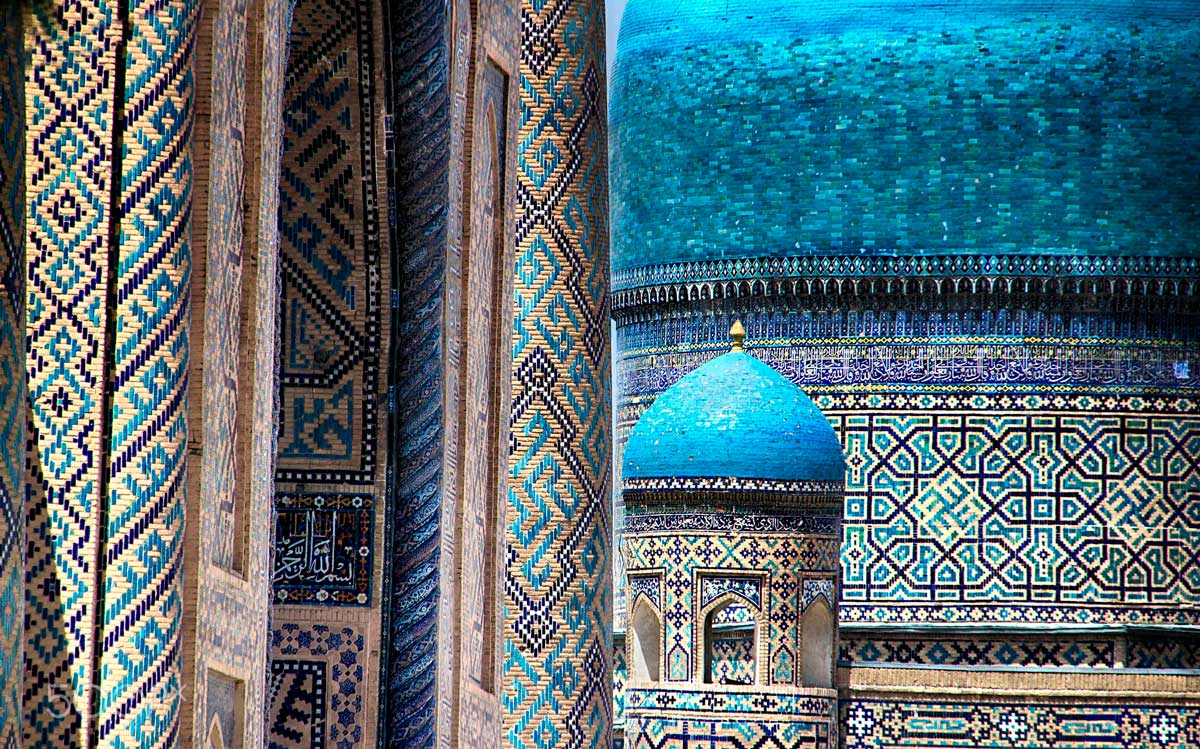The Golden Ages
Successful cities, by the very nature of mercantile and intellectual exchange, must be multicultural and tolerant of diversity.

The succession of great cities which emerge in Justin Marozzi’s superbly crafted book were all too often assembled, designed, demolished and rebuilt at the command of just one man. In most cases, fragments of their glory days (the Great Mosque of Córdoba or that of Damascus) survive as an architectural memory peg. Or sometimes, in an astonishing miracle, whole medieval quarters remain with their streets intact in cities such as Cairo and Fez. But such landmarks are just memories. The dynasties founded in each of the 15 cities Marozzi chronicles over 15 chapters seldom work effectively beyond three generations; golden ages grow dim after a hundred years.
In this book we meet some of the most fascinating and disturbing characters from Muslim history. Muawiya (founder of the Umayyad dynasty), Abdal Rahman III (self-appointed Caliph in Córdoba), Mehmet II (the multilingual Conqueror of Constantinople), Babur (the refugee prince turned conqueror of Mughal India) and Shah Abbas I (17th-century builder of Isfahan) all have blood on their hands, but also had creative virtues. Marozzi’s historical portraits show how self-driven individuals can empower exceptional change. They are also set within an expansive cultural horizon, so as well as analysing the nuts and bolts of their rise to power, we meet scholarly travel writers collecting court gossip, poets on the make and break, garden designs to die for, celebrity cooks, inspired musicians and the occasional powerful woman who makes it into the pages of these male chronicles. We are also given a very honest grounding in where these stories come from and are introduced to the history writers and chroniclers (and the axes they ground) as actors in the grand narrative, rather than mere academic quarries for footnotes.
Marozzi knows the ground intimately. The chapters on Kabul, Tripoli, Baghdad and Cairo are scented with the bittersweet memories of experience. The enchantment of the student-traveller and the researcher-historian are set against the grittier realities of working as an investigative journalist, before becoming a public relations adviser seconded to embattled regimes in Libya, Afghanistan, Iraq and Somalia. It is these experiences which collectively inform Marozzi’s acute understanding of the abuse and the use of power. They also may have helped him achieve a sense of distance. Vary rarely are we subjected to lectures on morality, and though we look in detail at the crimes of some monstrous autocrats, in the end Marozzi is interested in just one question: did it work? Did they create a society that functioned and fed itself, both intellectually and fiscally? Beneath this there is an insistent second level of enquiry. Successful cities, by the very nature of mercantile and intellectual exchange, must be multicultural and tolerant of diversity. Any ruler or regime that disobeys this golden law dooms the city he rules to decay and destruction.
This is not a book about Islam: it neither analyses religious belief nor explores the spread of Islam through language and trade. It is about the effective rulership of the Middle East and Central Asia. Marozzi is not especially interested in systems of governance, or championing such western totems of value as free speech, budget accountability or electoral democracy.
There is a careful pattern to the selection of cities, which takes the reader on a journey through 1,400 years of Islamic history. His chapter on Samarkand, informed by an earlier biography of Tamerlane, is so knowledgeable and intimate that one is in danger of briefly warming to this murderous but garden-loving tyrant, worthy of being listed alongside Stalin, Mao and Hitler. Twin chapters on Doha and Dubai are controversial choices with which to end the book and express the realities of contemporary Islam, but they are refreshingly positive and engaged.
If I had to choose a single chapter to share, it would be the rise of Beirut. How this modest port remained in the hands of the Frankish Crusaders until very late. They were not finally expelled until 1291 (more than a century after Saladin’s victory at Hattin), yet the Muslim liberators of the city, the Mamluk Sultans of Cairo, chose the local Maronite Christians as their local allies and set them against the Shia Muslims in the mountains. How it was the occupation of Beirut by an Egyptian army (1831-40) that paved the way for Beirut’s spectacular expansion in the 19th century. How the new Egyptian-built jetty allowed Beirut to leapfrog over her local rivals (Sidon, Tyre, Acre and Tripoli were then larger and richer cities), as the big new steamships needed deeper ports. How the city retained a Muslim majority until the 1860 massacres (in the streets of Damascus and in the villages of Mount Lebanon) packed the streets of Beirut with thousands of Christian refugees. How you might expect the main square in an Arab capital which commemorates 20th-century national martyrs to implicate either France, Israel or Britain, but in this case implicates a Turkish Pasha. How the constitution lists four different forms of Islam and 13 Christian factions.
The truth of each Islamic empire is buried in thousands of intimate details. Marozzi has constructed a brilliant narrative by stringing together a necklace of tales from 15 extraordinary cities, some of which endure to this day as precious gemstones of civilisation, while others have imploded and exploded in the murderous fireworks of civil strife.
Islamic Empires: Fifteen Cities that Define a Civilization
Justin Marozzi
Allen Lane
464pp £25
Barnaby Rogerson’s most recent book is In Search of North Africa: A History in Six Lives (Haus, 2018). He is publisher at Eland Books.